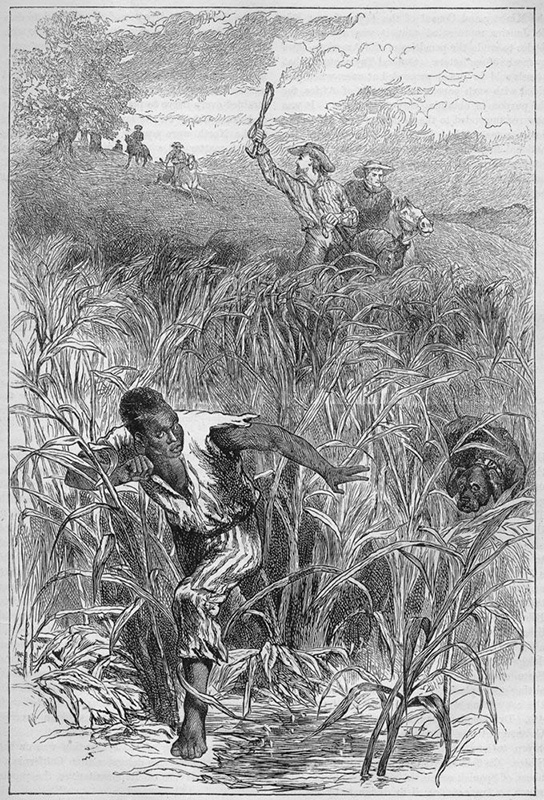
Slaves were recruited for their capacity to work, their physical strength. They had no right to express themselves. Desocialized, depersonalised and dehumanised, they were reduced to nothing. They were part of history, yet could not write their own history, since French law defined them as being ‘mobile goods’, merely the property of a landowner. However, when they were dissatisfied with their lot and took the decision to leave their workplace and escape into the remote mountain areas of the island, emerging out of their dark silence, they would became a subject of conversation, Among the first who dared to rebel in this manner, a few managed to write their story in stone. Rock became a support for the written word: we can mention that this is the true origin the place-name Roche Ecrite : the written rock. Rocks became their history books.